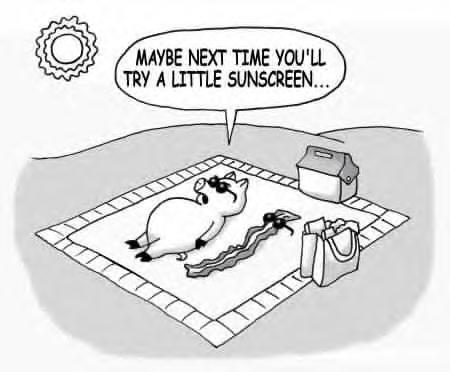According to recent studies from Yale University, UV damage continues even in the dark. This means that despite your rigorous suncare routine, your skin is still at risk for skin cancer long after the sun’s gone down. As if we didn’t have enough problems convincing people to wear sunscreen between 10am-2pm, we’re now faced with telling consumers they need to reapply even after they’ve gone inside.
To say this will be a challenge is an understatement. Case in point: only 14.3 percent of men and 29.9 percent of women regularly use sunscreen. Oh, and only 5.3 percent reapply their sunscreen during the day, every day.

But is it a challenge worth considering? And is this study enough to get the wheels rolling in the R&D labs? I think it should be, and here’s why:
- Sunscreen sales can only go up. While it might require more short-term research, this trend doesn’t have many drawbacks for suncare brands other than R&D investment. In fact, adding several more hours into the sunscreen application process will lead to more reapplication and additional bottles of sunscreen, which means increased sales.
- More diversified sunscreen options at shelf. With the new and “exciting” sunscreen active ingredients halted by FDA, the key differentiator between sunscreens these days is found in the inactive ingredients, since there’s only a small set of approved active ingredients for brands to choose from. With the idea that the inactives are what will help protect you after hours, new products that address this concern will offer an even greater selection for consumers.
- More platforms for sun protection education. The latest numbers I shared above about the lack of sunscreen application prove that greater education is necessary for more consumers to take sun protection seriously. Compounded with this idea of after-sun protection, suncare brands will have an opportunity to talk in greater depth about the dangers of the sun’s rays.
Want to get the scientific skinny behind this new finding? Check out this video from the Yale study’s co-author, Professor Douglas E. Brash:

